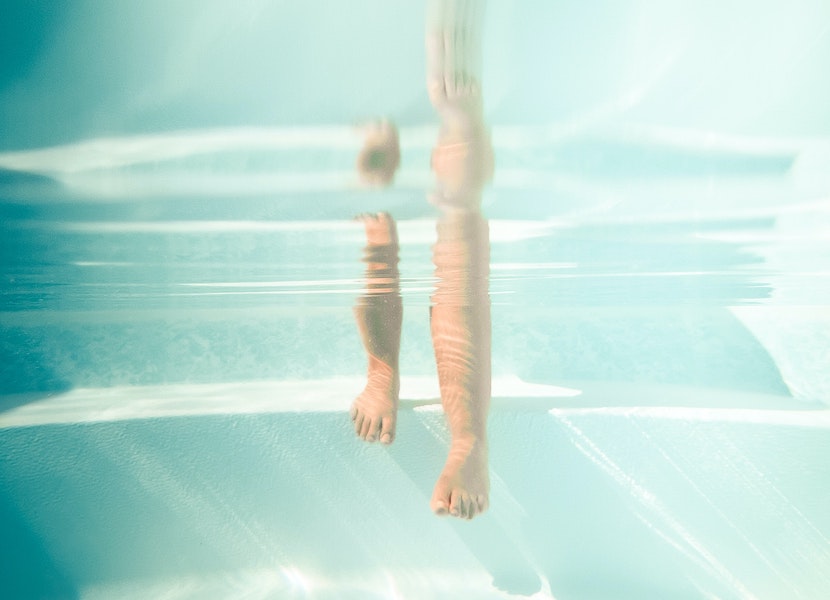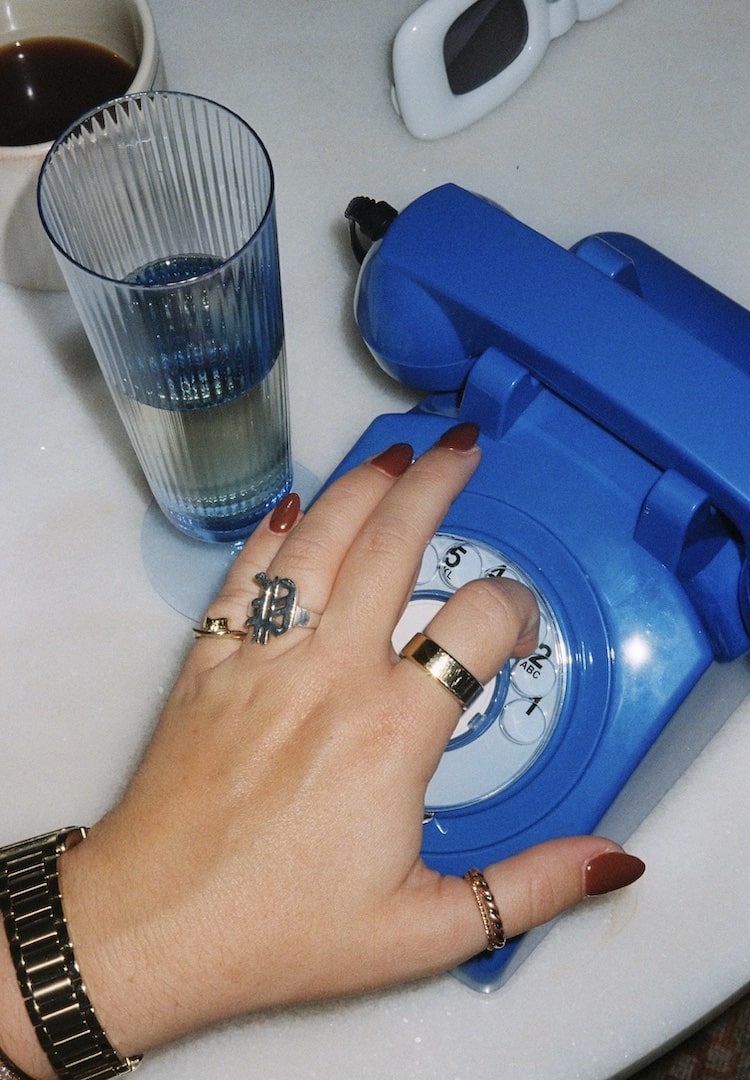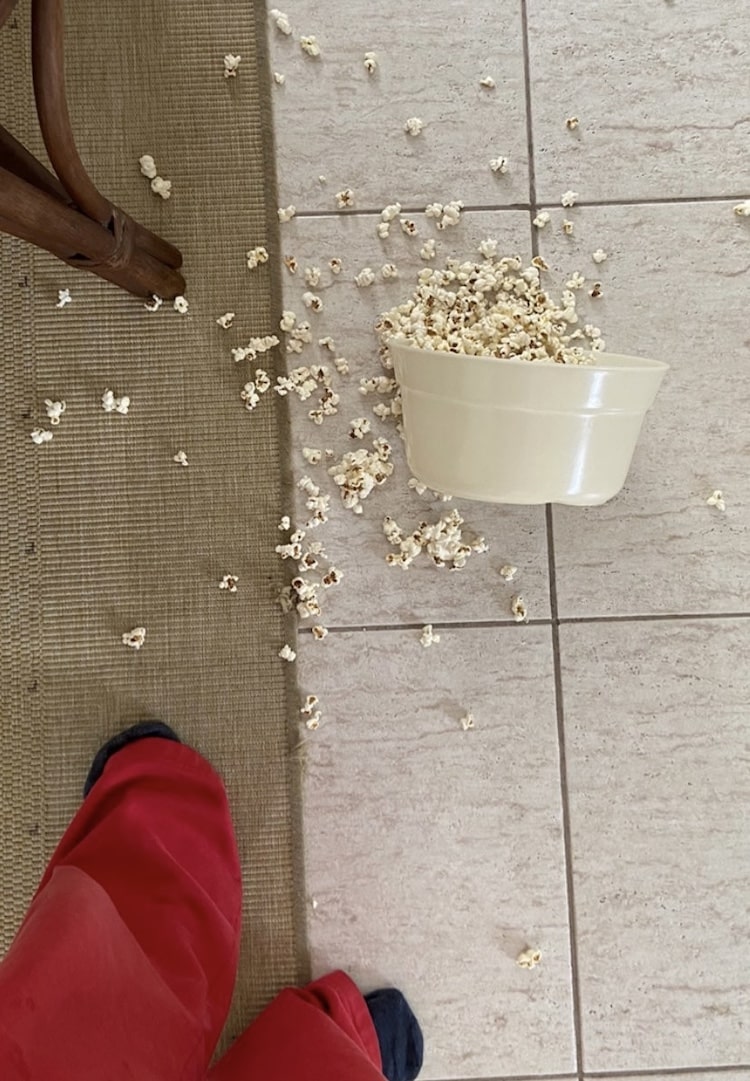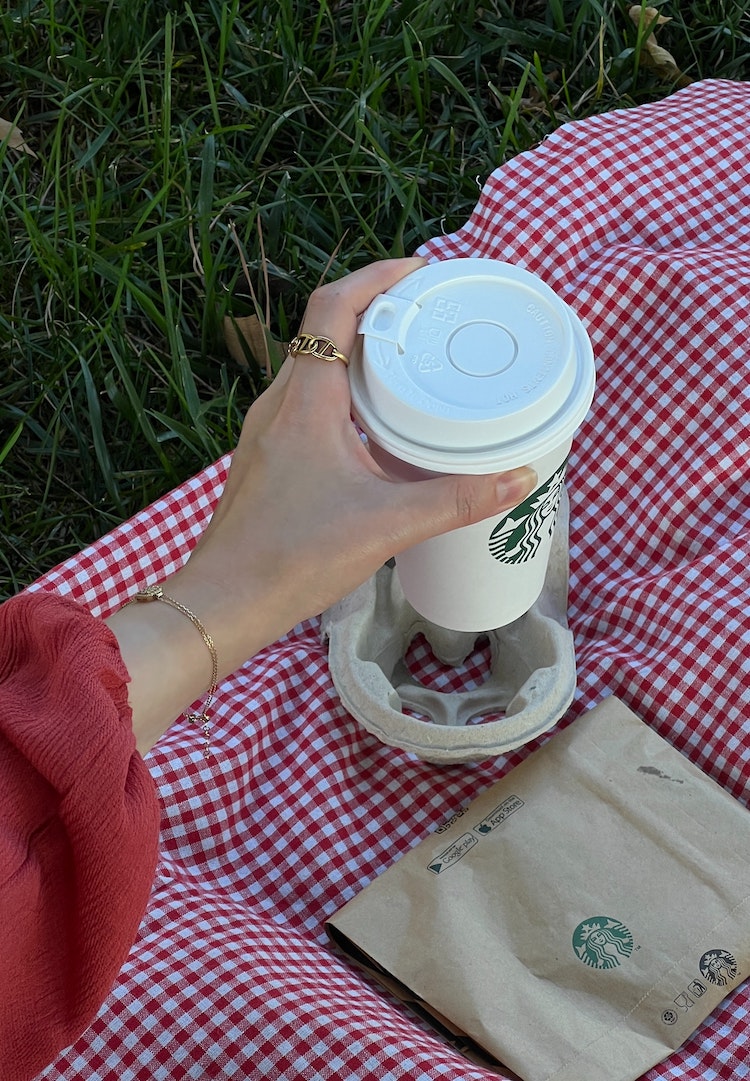What is cold water therapy and how could it improve my mental health?
WORDS BY HANNAH COLE
Surrendering to temporary discomfort for mental gain.
Alongside flotation tanks and infrared saunas, cryotherapy treatments are hitting fitness centres around the world, making participants endure near-freezing conditions. But for what benefit?
I first came across cold therapy via Goop’s 2020 Netflix special, The Goop Lab, the health junkie in me was intrigued by this cold exposure therapy. My two ears pricked I analysed the wild behaviour of Wim Hof and his infamous Method, and mournfully turned away. Interested as I was, I detest the cold – I’ll take sweat over shiver any day.
For more wellness advice, head on over to our Health section.
Fast forward three years and my interest has been piqued again. Keen to find out how this type of therapy could improve my mental health, I spoke with Tayla Gardner, a counsellor and psychotherapist at The Indigo Project, before giving this fad/craze/cure (insert your preferred word) a go.
The benefits of cold water therapy
“Exposure to cold water increases stimulation of the vagus nerve,” explains Tayla. The vagus nerve – as FJ readers might know – is closely aligned with mental health. When we’re feeling anxious and stressed, the vagal tone is likely running at a low level, making relaxing and letting go difficult.
“As you adapt to the cold, it slows down your heart rate and forces activity from the parasympathetic nervous system to kick in,” she tells me. This stimulation and kicking in of the vagus nerve enables us to better regulate emotions, handle stress and help reduce or manage anxiety.
Fans list other benefits as well, like improved sleep quality, greater focus, a faster metabolism and more energy. Tayla adds to this the psychosocial benefits that can arise “if one can blend community and nature into their cold water practice”.
As a tool for combatting mental health issues, she might recommend this practice in conjunction with counselling or psychotherapy. “Particularly in situations where the individual is motivated to build up their distress tolerance,” Tayla notes, learning to “manage their emotional discomfort adaptively and without overwhelm”.
“The act of submerging into icy water and breathing through this experience teaches us to surrender to temporary discomfort. This can expand our ability to move through and deal with stressful events more effectively and confidently.”
Cold therapy in practice
As a weekly ocean pool swimmer, I’ve incidentally been practising a little cold therapy without even trying. Early in the morning, I head to the pool and slide my body into the cool depths. I look at the horizon and watch the sunrise, with only the sea birds and regular (incredibly dedicated) oldies as my company.
Lately, with the plummeting outside temperatures, it’s been a goosebump-filled quest, causing an early exit when the brain freeze kicks in – but the sensation of immersion is addictive, as is the after-effect. I’m a stress head and often ruminate over things that hold little weight, so the process of swimming laps calms my mind.
The hit of cold water makes me alert, and it also helps me get out of my head. Instead, I’m focused on my breath and movement. For me, these are moments of unbridled joy and serenity. I use the time to reflect on my worries and they simply wash off my back, leaving me exiting the pool a little (mentally) lighter.
I’ll admit, it’s not for the faint-hearted and even this strong-willed gal is hitting a pause on the winter laps. Instead, a regular dunk will be my tonic of choice. Access to the frosty ocean isn’t your only option, though. Consider the wellness and fitness centre and, to dabble without the price tag, Tayla recommends cold compresses (applying an ice pack), cold showers or submerging your face in a bowl of cold water.
A refresh and reset at the start of the day defines the subsequent tone, while a midday splash soothes the jitters and email paralysis. I’ve filed this one away as a practice I can whip out with ease at my most anxious times, joining other practices and support systems that help still my nerves.
“No matter how you engage in this practice, allowing yourself to feel a sense of achievement or commitment to oneself after a cold water immersion can boost your mood and outlook,” Tayla tells me. Starting the day with a full-body splash of cold water – it’s so simple, so daring in the depths of winter, yet so effective.
For more on cold water therapy, try this.










